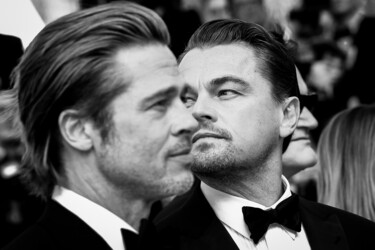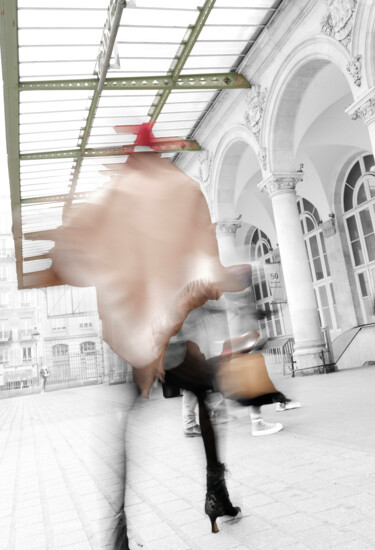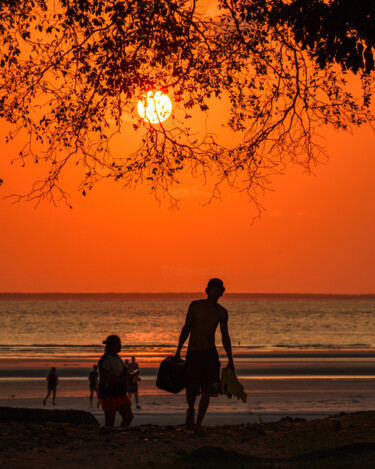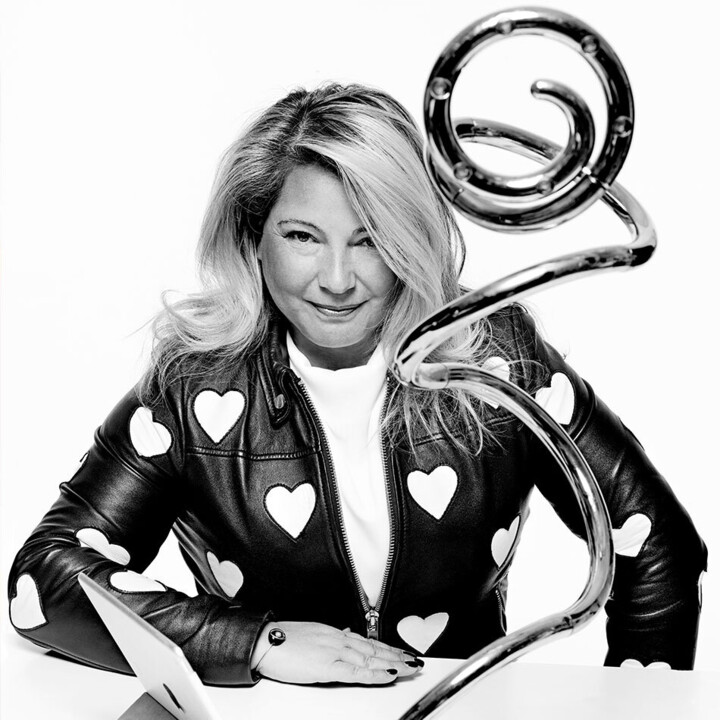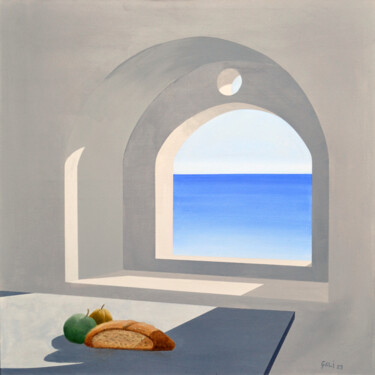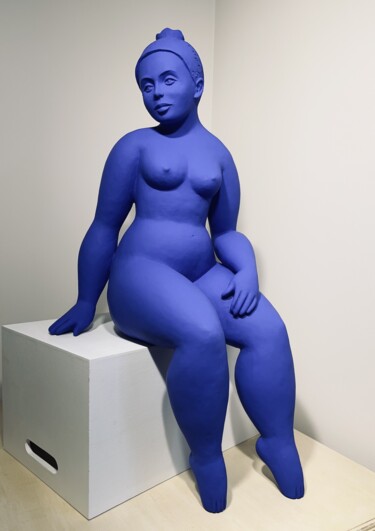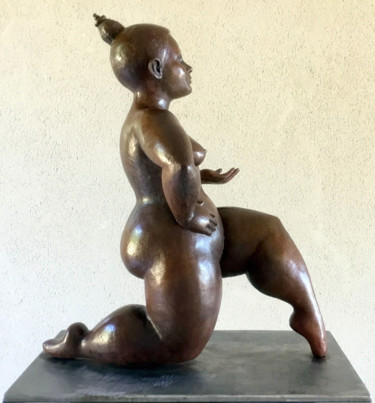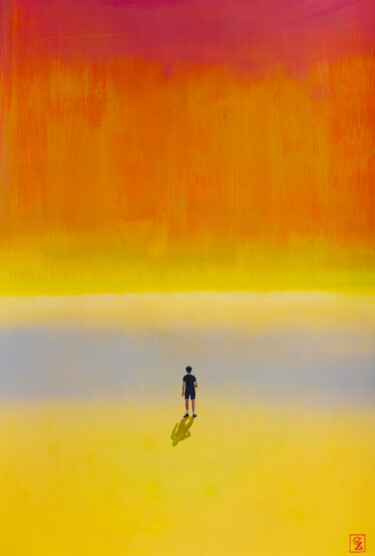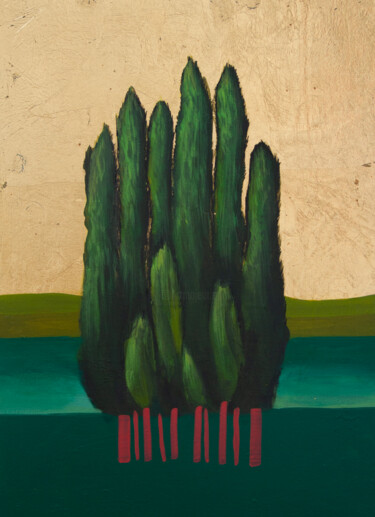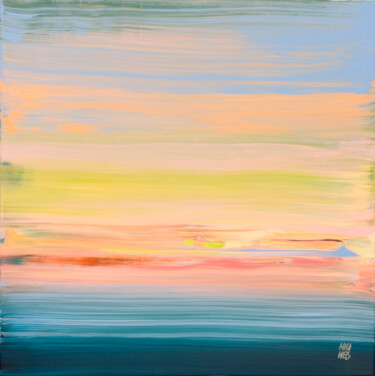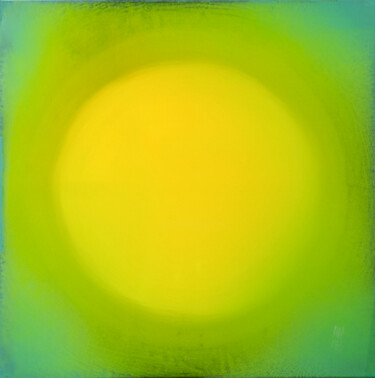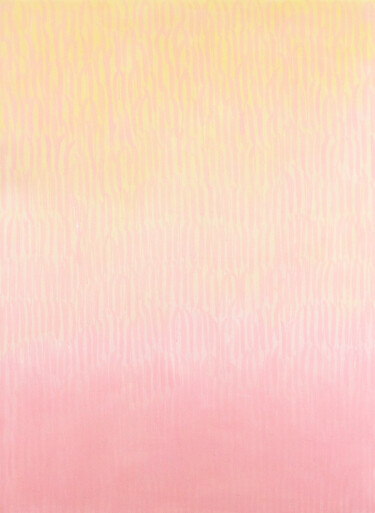SELEÇÕES DE ESPECIALISTAS
SELEÇÕES SELECIONADAS DE OBRAS DE ARTE DE ESPECIALISTAS RECONHECIDOS NO MUNDO DA ARTE CONTEMPORÂNEA.
JÉRÔME PANTALACCI
A CRENÇA PELA IMAGEM
Um olhar fotográfico
A fotografia desde sua criação carregou em si a validação da credulidade do observador. Ela foi percebida imediatamente como um reflexo fiel do real. O que ela nunca foi. Os fotógrafos nunca se limitaram a essa fidelidade, e pegaram a câmera para trazer um outro olhar sobre o mundo e brincar com nossos sentidos perceptivos.
Na hora em que o digital e a inteligência artificial permitem todas as manipulações, e onde a imagem é constantemente questionada, enquanto a fotografia perdeu toda validação de credulidade e o observador não acredita mais no que vê, fotógrafos continuam a brincar com a câmera, com o enquadramento, com o ponto de vista mono-focal, para produzir imagens que nos levam a olhar o mundo de outra forma.
Trazer uma nova atenção ao mundo, apenas se aproximar do real ou mudar seu ponto de vista é um descanso para o olho em um mundo submerso de imagens inválidas que nos fazem perder nossa crença na realidade.
Um olhar fotográfico
A fotografia desde sua criação carregou em si a validação da credulidade do observador. Ela foi percebida imediatamente como um reflexo fiel do real. O que ela nunca foi. Os fotógrafos nunca se limitaram a essa fidelidade, e pegaram a câmera para trazer um outro olhar sobre o mundo e brincar com nossos sentidos perceptivos.
Na hora em que o digital e a inteligência artificial permitem todas as manipulações, e onde a imagem é constantemente questionada, enquanto a fotografia perdeu toda validação de credulidade e o observador não acredita mais no que vê, fotógrafos continuam a brincar com a câmera, com o enquadramento, com o ponto de vista mono-focal, para produzir imagens que nos levam a olhar o mundo de outra forma.
Trazer uma nova atenção ao mundo, apenas se aproximar do real ou mudar seu ponto de vista é um descanso para o olho em um mundo submerso de imagens inválidas que nos fazem perder nossa crença na realidade.
MARC DONNADIEU
IMAGES DE FAMILLE (L’ÉTÉ INDIEN)
Uma virada fotográfica
Esta virada fotográfica se atém ao período estival, momento onde se abandona o ordinário do cotidiano a fim de viver de forma diferente esse tempo de férias. Ela permite assim capturar com delicadeza novas histórias familiares, à semelhança das imagens de Hicham Ahyoud, d’Hervé Gergaud ou de Anne-Marie Bertin.
O tempo da viagem se decompõe e se recompõe por excelência em fragmentos visuais. As obras de Henry Pouillon, Jean-Michel Ratron e Catherine Ballet são a ilustração perfeita através de efeitos de contraste, de deformação ou de superposição.
Para muitos, a praia é o território emblemático das férias. Encontramo-nos lá em grande número enquanto nos isolamos dos outros. As fotografias de Cécile Ducrot, de Emmanuel Passeleu e de Hégémon Chaignon restituem assim a fragilidade humana frente à imensidão do horizonte marinho. Mas ela é igualmente uma conquista da verticalidade, como testemunham Gilliard Bressan e Sharlie Evans. Medimos forças com os outros como nos abraçamos a dois através de figuras quase aéreas.
A fotografia é também uma questão de cores e de grafismo, assim como afirmam os crepúsculos melancólicos de Ori Junior, Debbie Scott-Queenin ou Elke Matthaeus.
Luc Pallegoix inscreve enfim, no coração das noites de verão, figuras totêmicas animais que remetem ao jogo tanto quanto ao sonho. E se jogássemos no verão?...
Uma virada fotográfica
Esta virada fotográfica se atém ao período estival, momento onde se abandona o ordinário do cotidiano a fim de viver de forma diferente esse tempo de férias. Ela permite assim capturar com delicadeza novas histórias familiares, à semelhança das imagens de Hicham Ahyoud, d’Hervé Gergaud ou de Anne-Marie Bertin.
O tempo da viagem se decompõe e se recompõe por excelência em fragmentos visuais. As obras de Henry Pouillon, Jean-Michel Ratron e Catherine Ballet são a ilustração perfeita através de efeitos de contraste, de deformação ou de superposição.
Para muitos, a praia é o território emblemático das férias. Encontramo-nos lá em grande número enquanto nos isolamos dos outros. As fotografias de Cécile Ducrot, de Emmanuel Passeleu e de Hégémon Chaignon restituem assim a fragilidade humana frente à imensidão do horizonte marinho. Mas ela é igualmente uma conquista da verticalidade, como testemunham Gilliard Bressan e Sharlie Evans. Medimos forças com os outros como nos abraçamos a dois através de figuras quase aéreas.
A fotografia é também uma questão de cores e de grafismo, assim como afirmam os crepúsculos melancólicos de Ori Junior, Debbie Scott-Queenin ou Elke Matthaeus.
Luc Pallegoix inscreve enfim, no coração das noites de verão, figuras totêmicas animais que remetem ao jogo tanto quanto ao sonho. E se jogássemos no verão?...
SONIA PERRIN
THE FOREST OF DREAMS
Their testimony, in the selection offered here, highlights the beauty and richness of the living world through works that question the place of Man in his community. Networks or roots, branches or social fabrics, Man, just like the tree, flourishes within a living and global organization.
This link is not lost on artists who, in their representation of the plant world, denounce the imprint of Man on his environment, and encourage us to become aware of the vital nature that we have to modify our being-in-the-world.
SONIA PERRIN
COUPS DE ❤️ ART-O-RAMA
THE DRAWER
RAINBOW PORTRAITS
STARTER
ARTYSANAT
By turns craftsmen, designers, photographers, sculptors, and sometimes all at once, the artists in this selection produce works that are veritable condensations of technicality, whether automated or manual. While they sometimes call on cutting-edge technologies such as artificial intelligence, they also revisit ancestral methods where calm and patience are de rigueur, the combination of these skills leading to a redefinition and new incarnation of aesthetic codes.
Is it still possible to distinguish the work of man from that of the machine?
This tour questions the role of the hand in contemporary production, whether by its absence when it is replaced by an algorithm, or by its obvious presence when the work reveals a commitment to the artist's gesture and body.
STARTER
IMAGINING THE INVISIBLE
THE DRAWER
THE ART OF BLURRING
STARTER
NEW PERSPECTIVES
Through their work, these artists convey values of inclusion, witness and respect for difference.
The selected works explore shifting identities in both discourse and form, illustrate dreams and inspirations, raise awareness of sexual and gender discrimination, challenge heteronormative and cisgender models, and above all reject injunctions to fit into boxes.
Through their work, these artists convey values of inclusion, witness and respect for difference.
The selected works explore shifting identities in both discourse and form, illustrate dreams and inspirations, raise awareness of sexual and gender discrimination, challenge heteronormative and cisgender models, and above all reject injunctions to fit into boxes.










